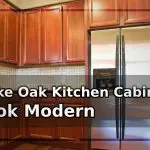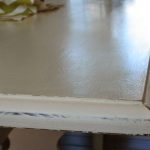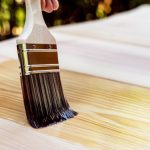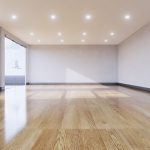Maple Vs. Birch Plywood: Which Is Best For You?
When it comes to selecting the right wood material for their projects, woodworking enthusiasts and professionals are frequently at a crossroads. Both maple wood and birch plywood have similar properties. That is why understanding their differences is crucial for making an informed decision.
So, in maple vs. birch, which is best for you? Maple wood is more expensive due to its natural origin, while birch plywood is a cost-effective alternative. Also, if you prioritize durability, maple wood may be the better choice. Your choice should be based on factors like budget and the use of the material.
Now, let’s explore these distinctions in depth. This will equip you with the knowledge needed to make the right choice for your woodworking projects.
Maple Wood Vs. Birch Plywood: Side-By-Side Comparison
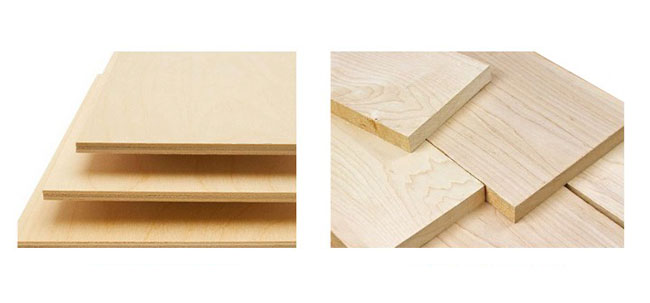
Here’s a side-by-side comparison table highlighting the key differences between maple and birch plywood.
| Aspects | Maple Plywood | Birch Plywood |
|---|---|---|
| Grain Pattern | Fine, with variations (e.g., birdseye) | Fine, straight, uniform |
| Color | Creamy-white color with reddish-brown streaks | Reddish-white to light-brown coloring |
| Hardness (Janka) | 1,450-1,550 lbf | 1,260-1,320 lbf |
| Price | Moderately expensive | Affordable, lower than maple |
| Sustainability | Sustainable as there are a lot of maple trees locally | Sustainable as it grows fast |
| Finishing | Uneven staining | Paints and stains well |
| Workability | Excellent, precise cuts | Excellent, good for beginners, and precise cuts |
| Applications | Furniture, cabinetry, flooring, musical instruments | Cabinets, carving, cutting boards, toys |
Now, let’s look at these aspects one at a time and in-depth.
1. Appearance
Maplewood is native to North America and belongs to the Acer genus. It has a distinctive pale, creamy-white color with occasional reddish-brown streaks. As the wood ages, the cream white turns fully reddish brown. Constant sun exposure can also contribute to Maplewood changing color.
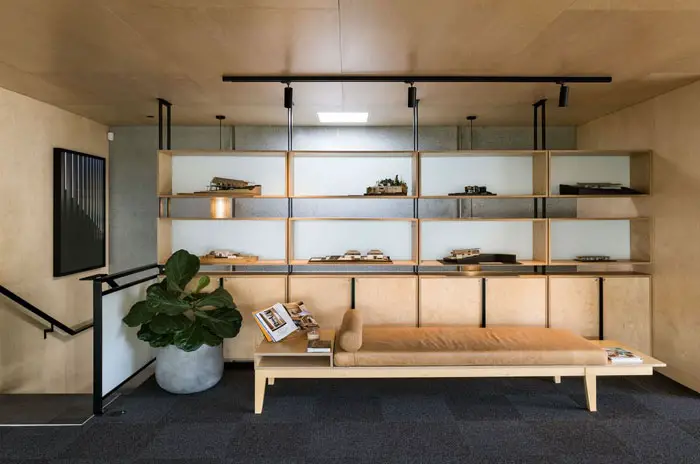
On the other hand, the birch tree, or Betula Pendula, is a deciduous plant native to Europe, Asia, and Japan. Birch plywood typically has a deeper color contrast than Maple. The colors range from a reddish-white to light-brown coloring. Birchwood does not change color over time.
In terms of grain patterns, Maple exhibits a tight grain with uniform texture. The grain patterns are often curly or wavy with delightful variations, such as spalted, flame grain, birdseye, and tiger.
In contrast, birchwood features a loose grain structure with straight patterns and is less knotty compared to maple.
2. Hardness and Durability
Hardness measures the wood’s resistance to indentation or scratching.
Maple is harder than birch. The Janka hardness rating for hard maple is around 1,450 to 1,550 pounds-force. This hardness makes it highly suitable for applications where wear and tear are significant concerns. This hardness level of maple makes it resistant to moisture, rot, and insect attack.

Birch is not as hard as maple, but it is still a relatively hard and durable wood. The Janka hardness rating for yellow birch, one of the most common birch species, is approximately 1,260 to 1,320.
Birch may require additional protective measures to mitigate the risk of decay in outdoor or damp indoor environments. These measures include sealing, staining, or proper finishing.
3. Resistance Against Scratches and Dents
Maple plywood is known for its resistance to scratches and dents. Its hardness and tight grain structure make it resistant to everyday wear and tear.
It is also heat resistant, making it suitable for high-end cabinetry. While it can still be scratched or dented with heavy use, it generally holds up well over time.
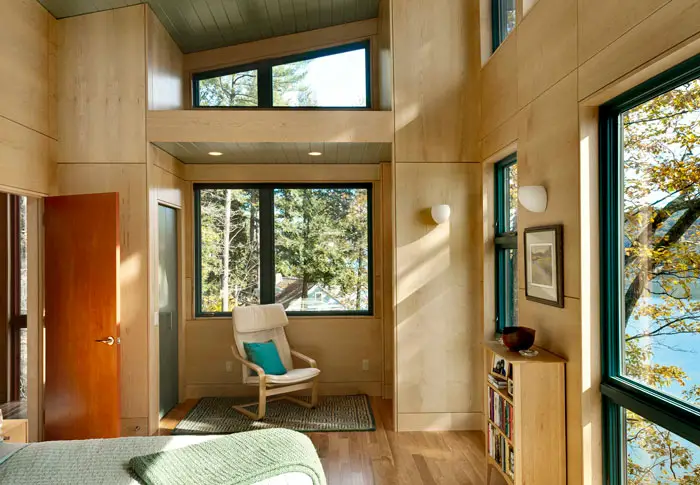
Birch plywood is also fairly resistant to scratches and dents. While it is not as dent-resistant as maple, it still provides good service.
Birch plywood is a practical choice for applications that require durability without the need for a premium price. Another plus of Birchwood is that its darker color can conceal the dents and scratches.
4. Workability
Both maple and birch plywood are generally known for their ease of workability. To ensure the best results, it’s essential to keep your tools sharp. This aids in achieving clean and precise cuts.
Tools that are suitable for cutting plywood include circular saws and table saws. Also, if presented with the choice between nails and screws, choose screws.
However, be cautious, as birch plywood can be somewhat prone to tearing and splintering if not handled correctly.

5. Sustainability and Availability
Sustainability affects availability. In this regard, maple plywood has a favorable sustainability profile. This is because maple trees are plentiful and widely available in the area. Also, maple trees are not considered endangered.
On the other hand, birchwood is also somewhat sustainable. But the birch tree’s forest cover is not as extensive as the maple. Birch trees, therefore, compensate for this with their rapid growth rates.
This means that new trees can quickly replace those that are harvested. So, there is no imminent risk of birch trees becoming endangered.
6. Finishing
Birch plywood wins in this category. Because of its loose grain structure, birch plywood readily absorbs finishes and stains. This produces smoother and more even results.
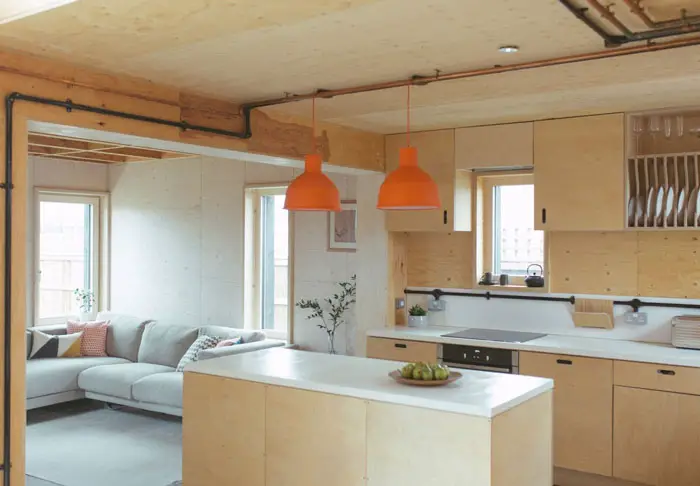
In contrast, staining maple plywood produces an uneven and slightly blotchy appearance. This is not to say that you cannot stain maple plywood. All you have to do is sand the plywood properly before staining it.
7. Cost
The cost of maple and birch depends on several variables, including thickness, grade, and the retailer. You must compare plywood of the same grade and thickness when contrasting prices.
For instance, each board of Grade A maple plywood measuring ½ inches costs about $42. However, a comparable sheet of ½ inch birch plywood costs about $25.
Maple wood is costlier because it is moisture-resistant and tougher than Birchwood. However, as much as birchwood is cheaper than Maple plywood, it is costlier than other alternatives in the market.
8. Applications
These two plywoods can be used interchangeably. However, at certain points, you have to consider each plywood’s strengths and weaknesses. That said, maple plywood is often used in applications where aesthetics and durability are paramount.
This includes:
- Flooring such as bowling alleys and dance floors
- Stand clocks
- Kitchen cabinets
- High-end furniture
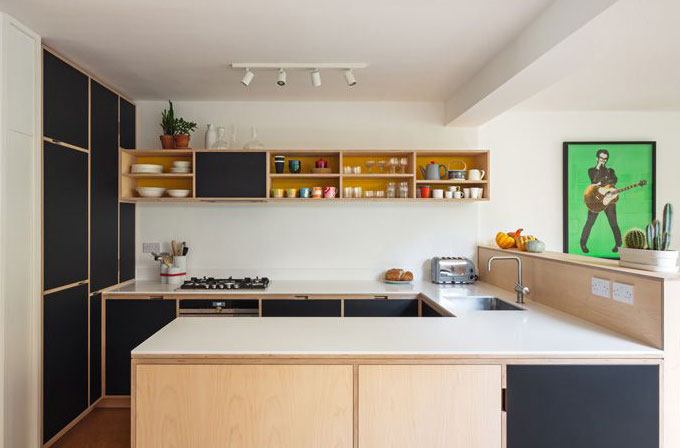
For birch plywood, some of its applications include:
- Carved items
- Music instruments
- Toys
- Cutting boards
- Inner furniture parts
- Shelving
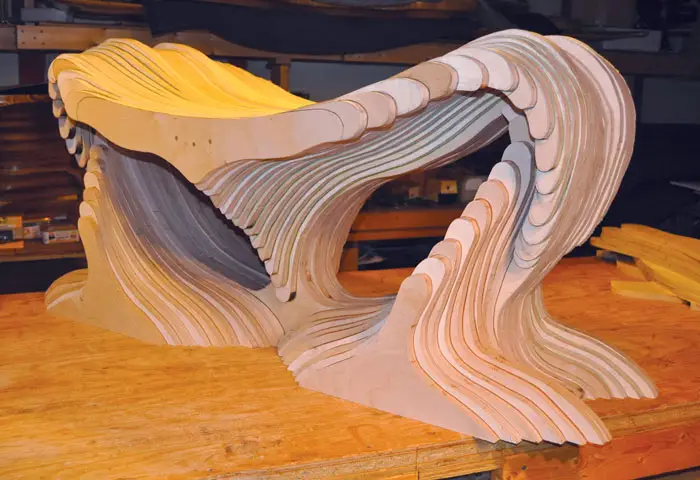
FAQs
Here are other related questions to Maple vs Birch plywood.
Q1. What are the alternatives to maple and birch plywood?
There are several alternatives to maple and birch plywood. You can consider the following based on your personal preferences.
- Oak Plywood
- Cherry Plywood
- Walnut Plywood
- Pine Plywood
- Mahogany Plywood
Q2. Is maple or birch plywood suitable for outdoor use?
Neither maple nor birch plywood is ideally suited for prolonged outdoor use. Although maple is moisture resistant, too much UV light makes the maple color darken.
On the other hand, birch plywood is susceptible to moisture and weathering. This can lead to warping, delamination, and decay over time.
Q3. Is it easier to maintain maple or birch plywood?
Both plywoods are easy to maintain. Wipe the plywood with a mild, non-abrasive cleanser and a soft cloth. However, it’s essential to avoid excessive moisture and allow the surface to air dry before usage.
Conclusion
The decision between maple and birch plywood is influenced by various factors. Each plywood has its own set of benefits and considerations. Maple plywood is frequently used for high-end woodworking projects such as furniture, cabinetry, and flooring.
Birch plywood, on the other hand, provides affordability, versatility, and ease of finishing. In terms of durability, maple plywood’s hardness gives it an advantage in withstanding wear and tear.
If you don’t have an issue with the budget and want aesthetics, maple is your shot. If you prefer value for money, go for birch plywood.

